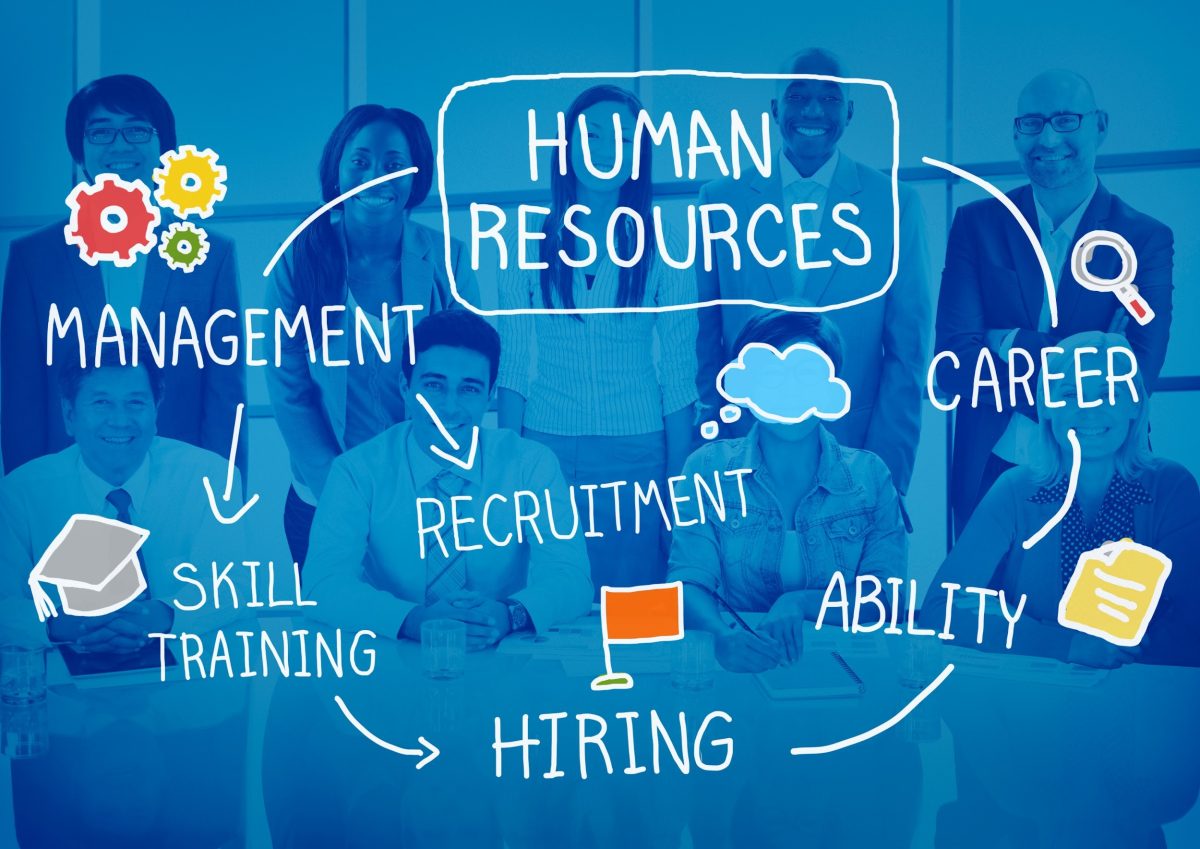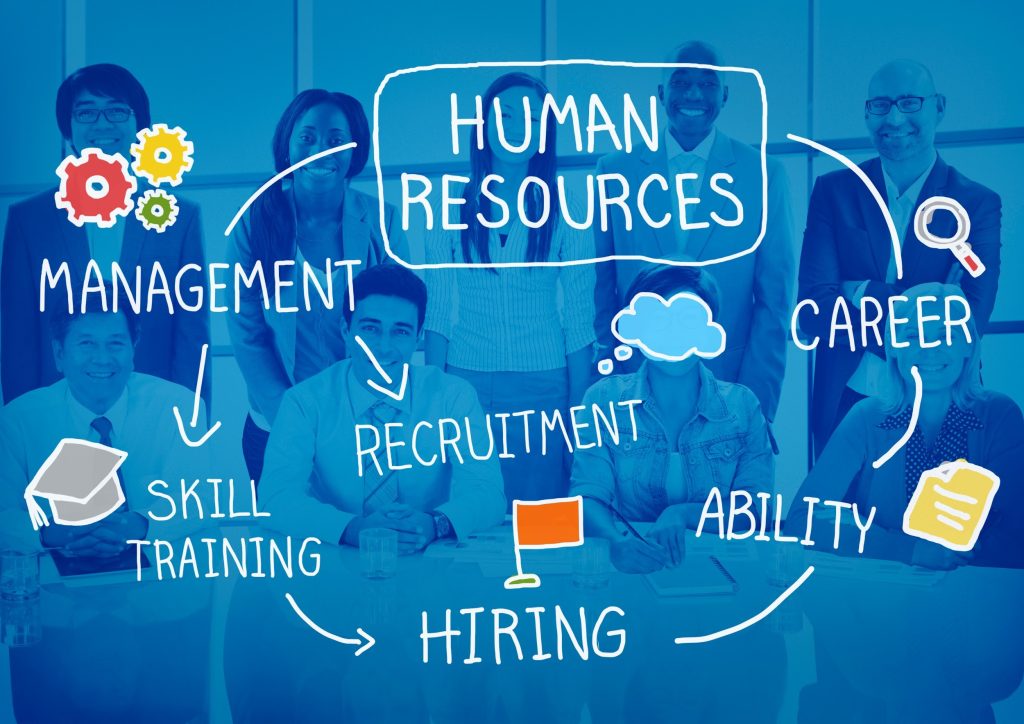Every era has different lifestyle habits and influences mental work. You can ask the manager if there are many different working characters between the ancients and Gen Z. Nowadays, this knowledge should be understood not only by managers but also by HRD. The division needs to learn about attracting Gen Z employees so that the hiring and recruiting processes go smoothly. Anyway, good employees will help the development of the company.

- Offer Flexibility
You know, at big companies like Google, the company offers employees flexibility under high pressure. The employees work on their tasks with full responsibility. Even though looking for employees who fulfill these aspects is not easy, HRD should know how to choose employees who are capable and aware of their responsibilities. But flexibility is what Gen Z is looking for the most. The employees can choose to work anywhere and anytime as long as they follow the company’s regulations. Based on Gartner Inc. research, Gen Z prefers to work from anywhere they want, such as home, their bedroom, or a cafe. To provide this kind of flexibility, the company should provide the proper facilities.
- Teamwork Like Good Family
Everyone has a dream to work for a company that plays a role similar to that of a family. Of course, with the note that every employee still needs to exert their best ability to complete the project, If there is some hindrance to finishing the project, the employees will try together to finish the matter. One employee and another should not blame each other every time there is a problem. Anyone who notices an error immediately seeks to correct project-related errors. They do not need to search for the person causing the error. Then the team leader will also try to help his team members develop their abilities together. Leaders should know how to strengthen the bond between team members because Gen Z likes this condition for working.
- Tolerance of Diversity
Working remotely allows the company to hire and recruit people from many countries. Every country has a different culture that influences the character of the nation. HRD should analyze hiring people who have a high tolerance for diversity. Gen Z also really wants an office that keeps peace due to employees high tolerance for one another. A peaceful office can make employees focus on being able to complete tasks. HRD should learn about the background of the candidates to be recruited to avoid bullying in the office.
- Offer Job Rotation
You want to know another step for attracting Gen Z employees. We will suggest that you offer job rotation during a specific period of time. An example of job rotation is giving the accountant a different task. The first year you can offer to do corporate accounting, and the next year you can offer to do advertising accounting. The different tasks can stimulate the employee’s brain so that they are not bored with their working life. A monotonous task that lasts for years can make employees less enthusiastic about working. The new task requires employees to analyze the problem and the possible path to solving it.
- Maintain Life Balance
Every company that doesn’t understand life balance has a tendency to push the workers without giving them enough rest. Even forcing workers to continuously work overtime. Anyway, people are supposed to maintain life balance to keep their bodies healthy and minds fresh. Thoughts that have reached a saturation point cannot bring good results to the project. It is right to give a vacation once a year to all employees. Don’t contact the workers on weekends so that they can enjoy their me time. Me time can help employees have a healthy mentality so they can return to work properly. The company can give rewards to employees who have good achievements, such as vacation tickets.
- Growing Together
Everybody has the potential to grow their abilities in their field of work. The development of their skills is good for the development of the company too. The company should provide seminars or courses to help employees learn new skills. Motivate the employees to update their knowledge too so that the company can survive against its competitors. The development of knowledge and skills can increase productivity too. The workers can get online courses so that they can get training at home. Based on LinkedIn, 86% of people tend to learn from online courses. The material in the course addresses the needs of the company. It would be better to get courses from professional tutors.
- Social Awareness Skills
Whenever we talk about attracting Gen Z employees, we should mention social awareness. Social awareness is the way people understand emotions or feelings so that they can properly interact with other people. Gen Z has an awareness of social skills such as service orientation and organizational awareness. If there is an office that offers social awareness, Gen Z prefers to choose it. The company is aware of environmental issues so that it can maintain a conducive office. Social comfort in the office or at work will make Gen Z interested in joining the company.
- Make Light Qualification Requirements
What are you thinking when you read about reducing the qualification requirements? Anyway, it does not mean that you should lower the standard abilities that candidates must have. You can lighten up unnecessary restrictions, such as the candidate’s origin and age. As long as the candidates have good abilities, according to recruitment, you can hire them. You should prioritize recruiting employees who have great responsibility for the project. Those kinds of employees have a tendency to adapt at will. They can grow their abilities too, so that it helps companies develop more easily.
You already understand how to attract Gen Z employees whenever you open the recruitment process. You should prioritize all the steps above because the majority of Gen Z want this in their work environment. Remember, the company should also provide the facility so that tasks can still be completed. In fact, most surviving startups use this concept whenever they want to recruit Gen Z employees.















